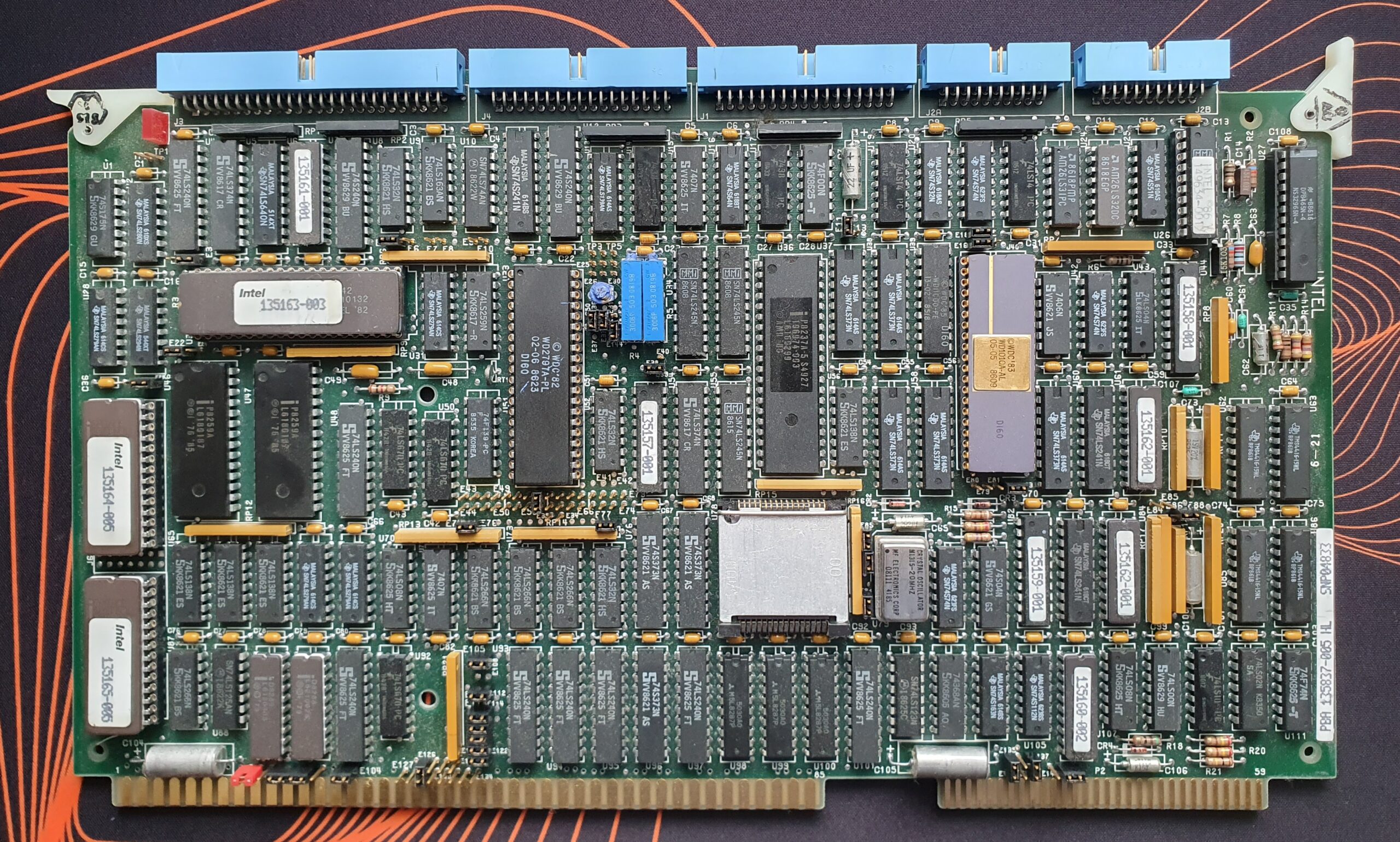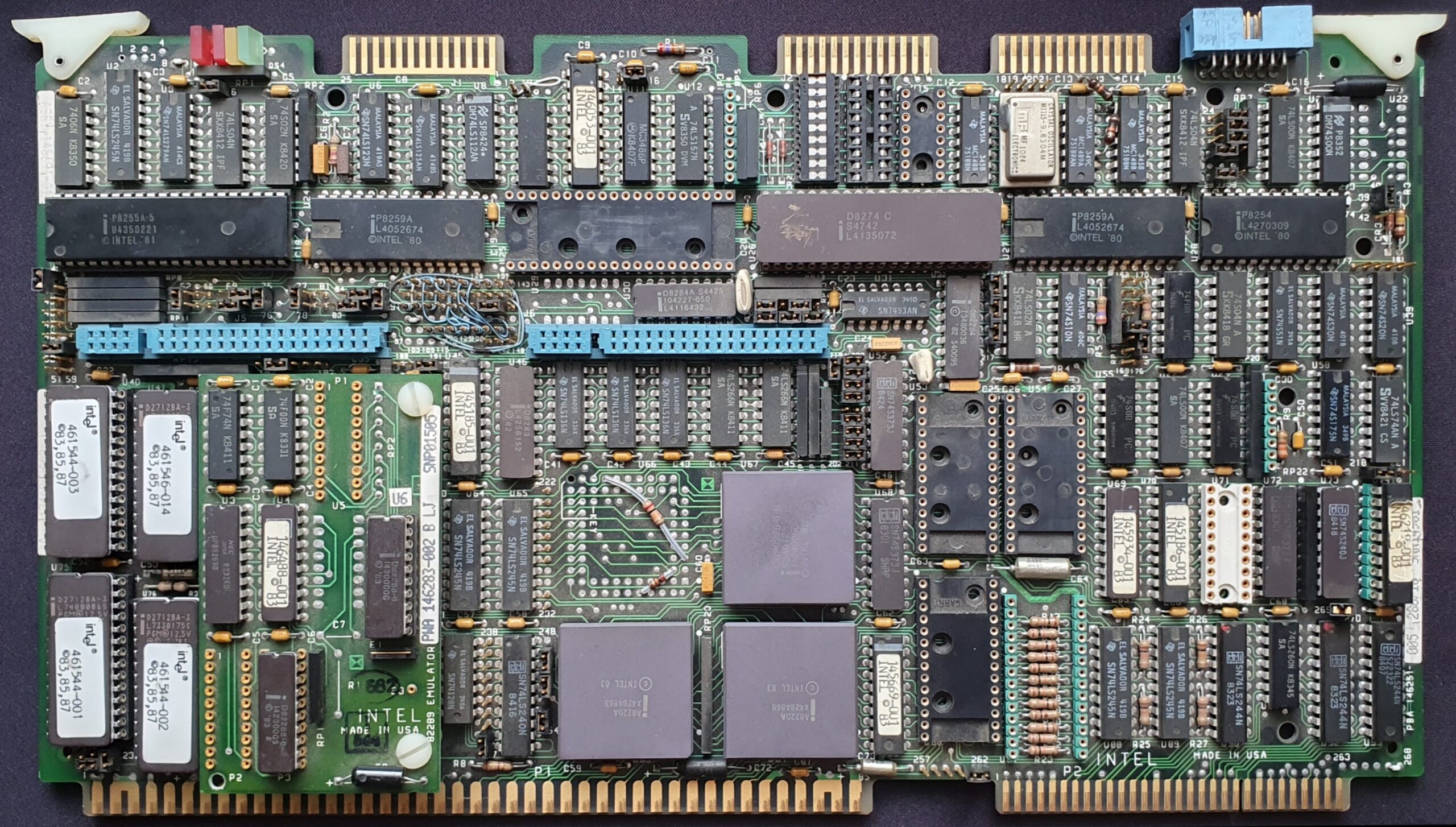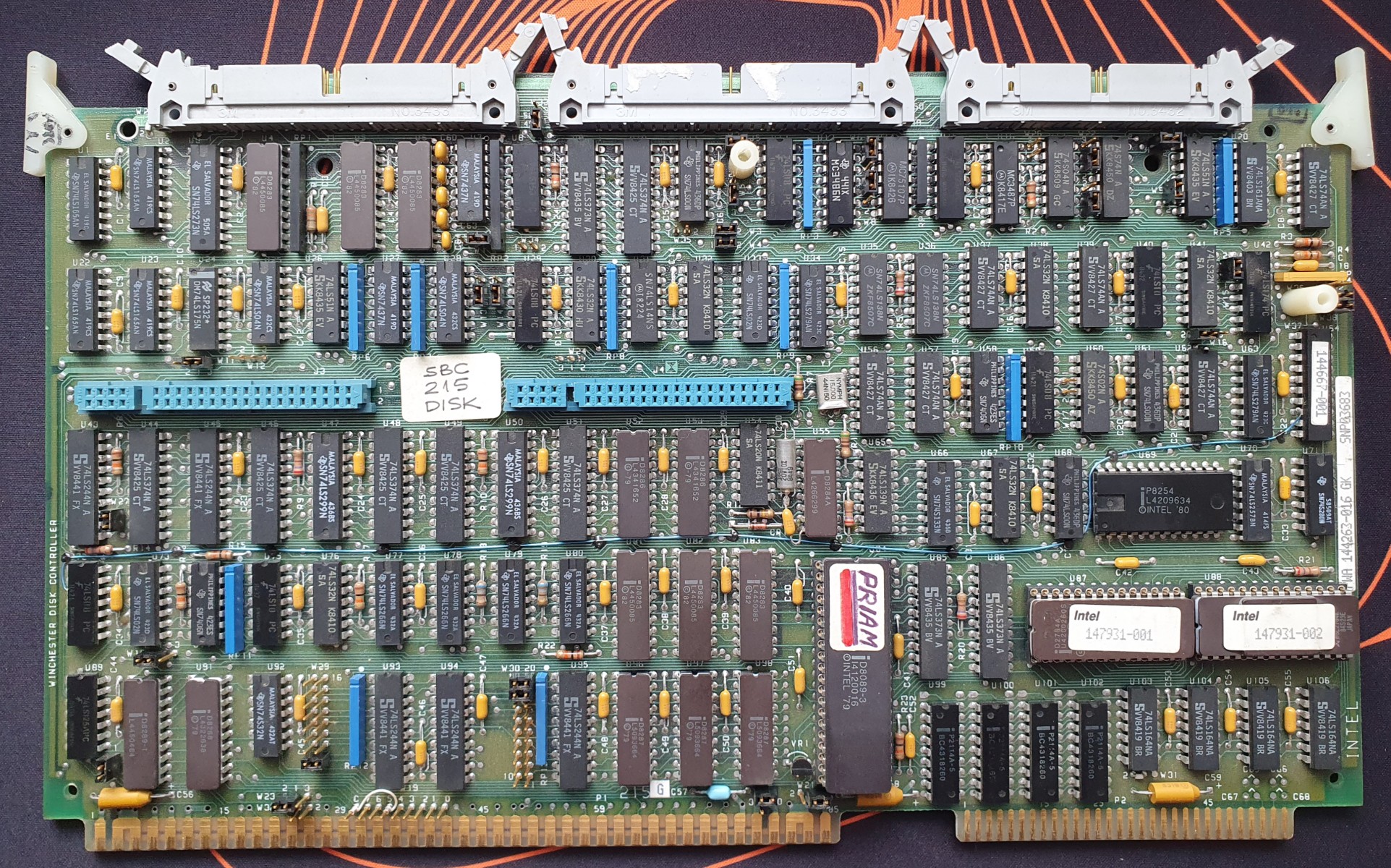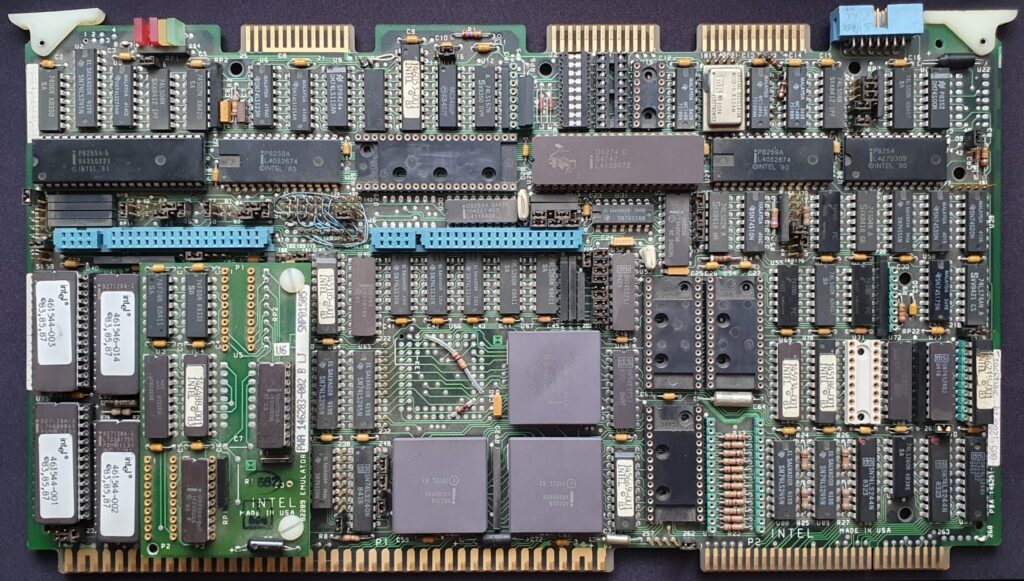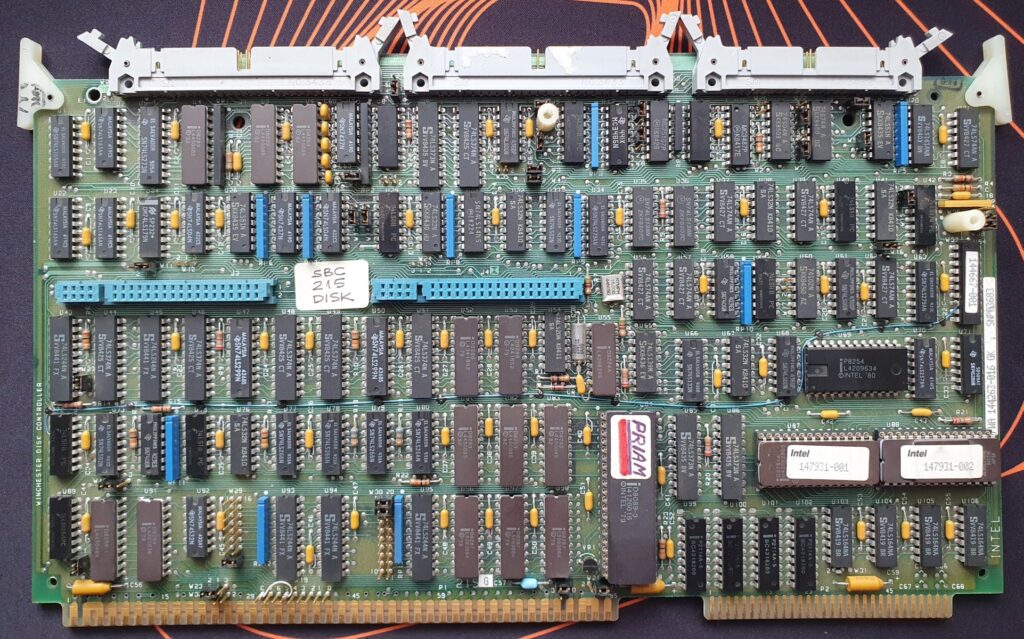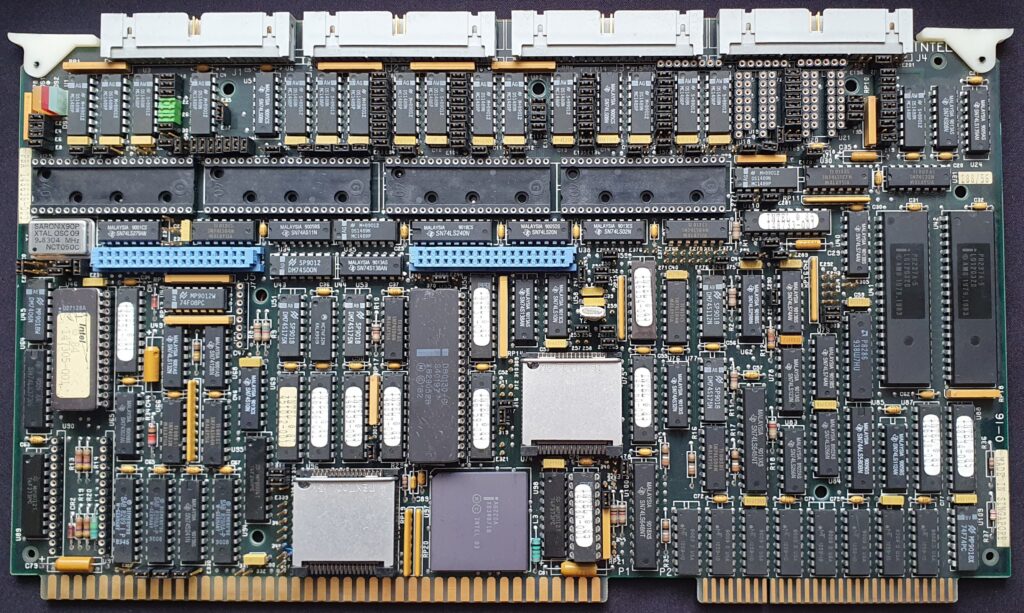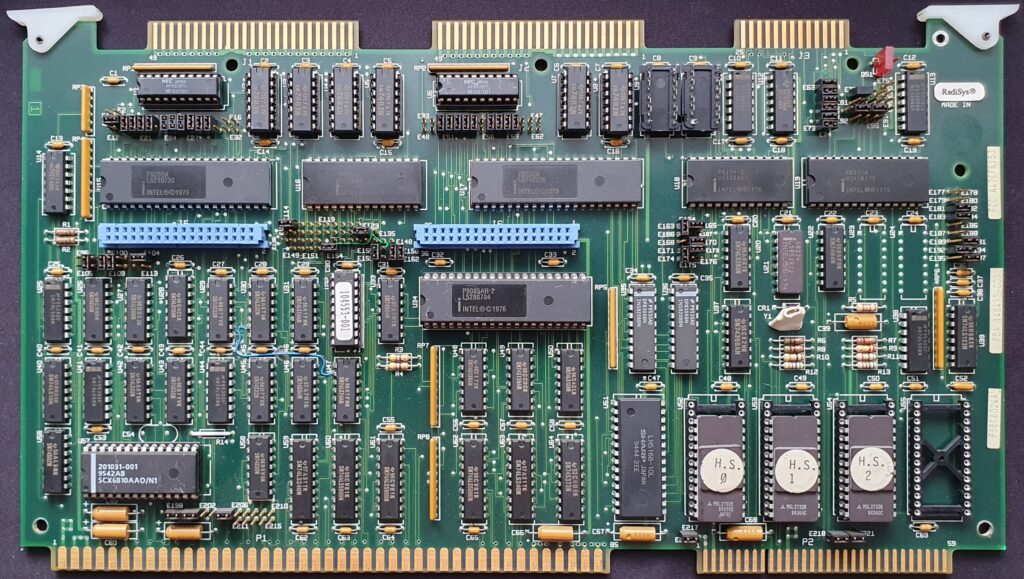Multibus was a parallel bus, allowing it to transfer multiple bits of data simultaneously. This parallel data transfer capability significantly improved the speed and efficiency of communication between system components. The architecture supported a modular design, allowing various cards (modules) to be plugged into a backplane, which served as the central hub through which all the cards communicated. Modules could include processors, memory, I/O devices, and more. The standardized platform ensured compatibility among different manufacturers’ modules, facilitating the development of a broad ecosystem of compatible hardware and software, promoting innovation and flexibility.
The design of Multibus allowed for easy expansion, with additional modules being added to increase functionality or improve performance, making it highly scalable and adaptable to changing needs. Designed for industrial use, Multibus was built to be robust and reliable, capable of operating in harsh environments where dependability was crucial.
Multibus found widespread application in various fields due to its versatility and robustness. It was extensively used in industrial automation, providing control and data acquisition solutions in manufacturing processes. In telecommunications, it served as the backbone for communication systems, enabling the integration of various communication protocols and interfaces. Due to its reliability and robustness, Multibus was often used in military and aerospace applications for control systems and data processing. It also offered a reliable and flexible platform for the development of sophisticated medical equipment.
Integral to the success of Multibus were the iSBC (Intelligent System Board Computer) boards, also developed by Intel. These single-board computers were designed to work seamlessly with Multibus, further enhancing the modularity and expandability of the system. The iSBC boards integrated microprocessors, memory, and I/O capabilities, providing a compact and versatile solution for a wide range of applications. They were essential in implementing the modular approach of Multibus, allowing users to customize and expand their systems efficiently by adding or upgrading iSBC boards as needed.
The introduction of Multibus, along with iSBC boards, had a profound impact on the computer industry. By providing a standardized, modular platform, Multibus spurred innovation, allowing manufacturers to develop new and advanced modules without worrying about compatibility issues. The robust design and flexibility of Multibus ensured its longevity, as it remained in use well into the 1990s and even beyond in some legacy systems. The widespread adoption of Multibus led to the development of a rich ecosystem of hardware and software, further driving its popularity and utility.
Although newer bus standards have since emerged, the legacy of Multibus endures. It laid the groundwork for many of the modular and scalable bus architectures that followed. The principles of standardization, modularity, and scalability introduced by Multibus and enhanced by iSBC boards continue to influence modern computing designs.
In conclusion, Multibus, developed by Intel in the 1970s, was a pioneering bus architecture that greatly influenced the design and development of computer systems in the 1980s and beyond. Its modularity, scalability, and reliability, combined with the versatility of iSBC boards, made it an ideal choice for a wide range of applications, from industrial automation to telecommunications. The standardized nature of Multibus facilitated a vibrant ecosystem of compatible modules and systems, driving innovation and setting a benchmark for future bus architectures. The legacy of Multibus and iSBC boards is seen in the continuing emphasis on modular and scalable design in modern computing.


